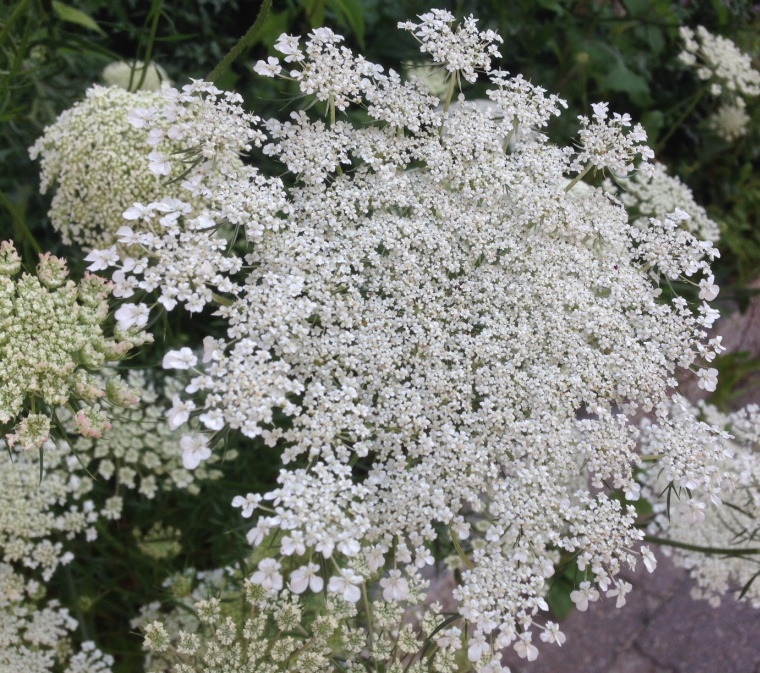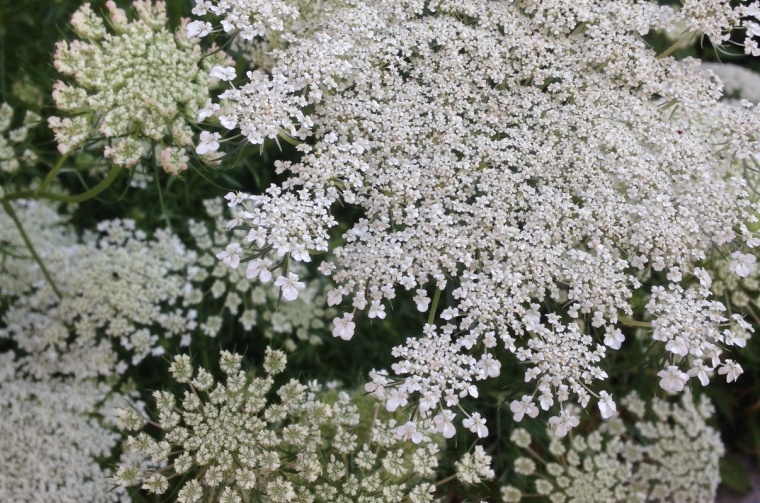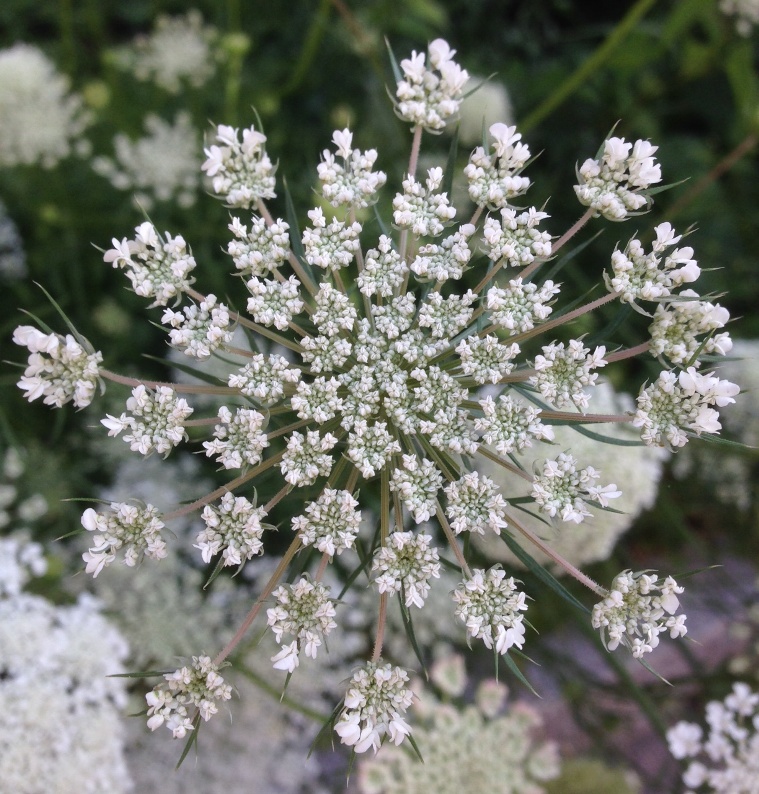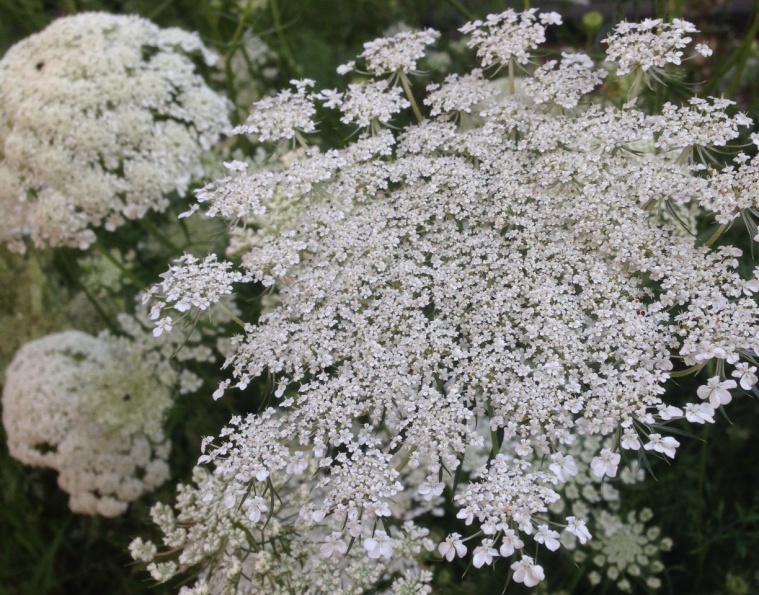Named rather obviously, if whimsically, for Queen Ann’s Lace, these tenacious wildflowers were a little too hardy and invasive for me to quite embrace as a child, but I’m coming around to them. In the Northeast, they are troopers in the extremes of weather we get here, surviving the winters with a long tap root and a hardiness at odds with their delicate appearance. I always knew of their survival instincts, I even saw them laugh in the face of fire.
In the fall of that year, a dried bouquet of seeds, intact in the skeletal umbrel of the flowerhead, had made its way into our garden, where it became brittle and bone dry. It was an ill-advised and unsuccessful attempt at transplanting one from the wild. As a rather dangerous experiment in easier brush removal, I lit one of them on fire, watching the seeds explode and disperse and then forgetting about them over winter. The next spring, a mass of fernlike seedlings had cropped up in the area, more than I have ever gotten when intentionally tending patches of perfectly-planted seeds. I knew then that this queen was far from fragile.
She is a signifier of summer, standing up to the most oppressive heat in the road-side stretches she favors. She also makes a decent cut flower, although when picked at high heat of day, she sometimes tend to droop, and may never recover. As with many things, timing is crucial. Earliest morning, preferably after a few days of restorative rain, is the ideal window.
The cream-colored lace, and soft green foliage, reminds me of summer. As heat-horny insects buzzed in hidden leafy canopies, and the sun moved directly overhead, the lace remained refined and elegant. It nodded its floriferous carriage, held stalwart in the face of strong winds and rains, and perhaps its very airy nature allowed it to deal with forces that would have crushed more solid floral forms. The lace of a queen sometimes needs to be as strong as it is pretty.
Back to Blog



